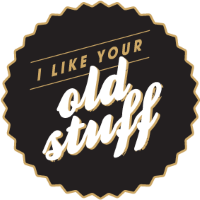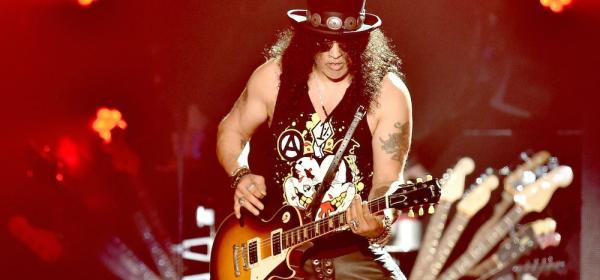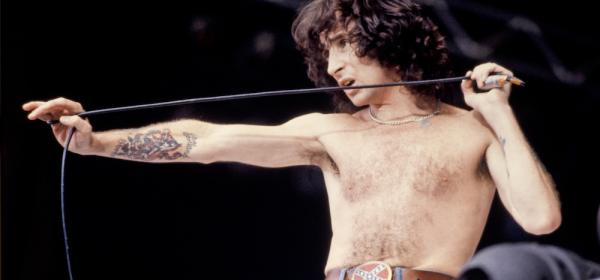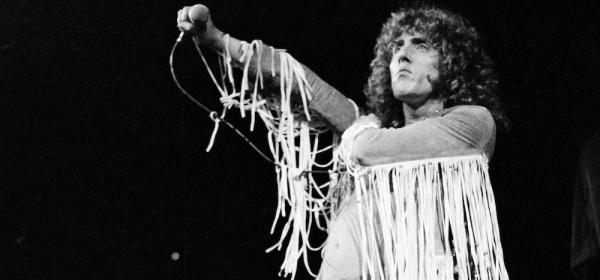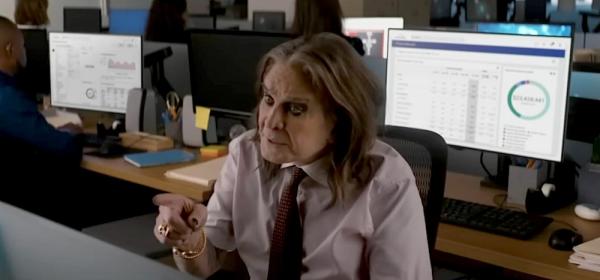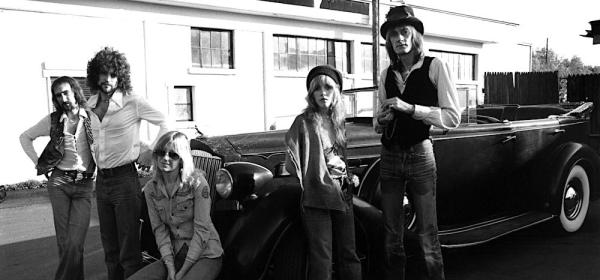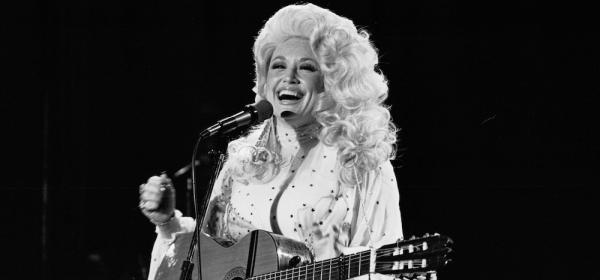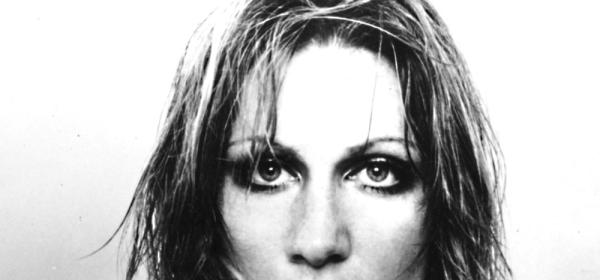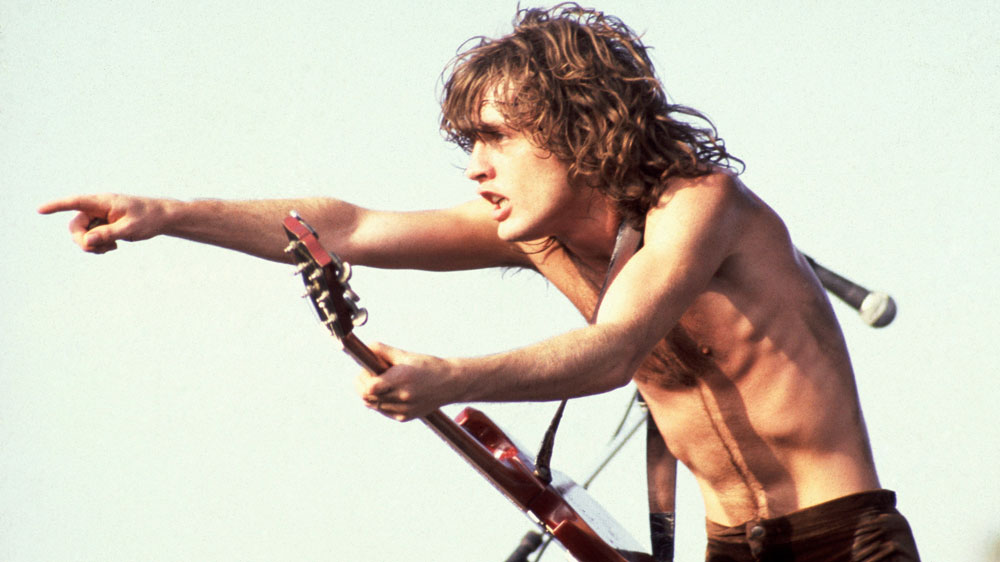
Last month’s Part One (here) was a raging success and, as requested, we got lots of suggestions for Part Two from our enthusiastic Facebook followers.
We think we’ve got enough up our sleeves for a Part Three; so check this lot out and let us know what you reckon.
The Youngs – Angus, Malcolm & George
It kind of goes without saying but the influence this family have had of Australian rock and music in general, is immeasurable. And they each did it their own way. Angus is the flash, the licks and the solos. Malcolm was the bedrock, the rhythm and the riff. Older brother George was, in the 60s and into the early 70s with the Easybeats and other projects including the Marcus Hook Roll Band, the innovator; the man who, with his partner Harry Vanda, invented a new style of dynamics that informed what his brothers did and helped shape the sound of so many others.
Billy Thorpe
Another key innovator who kept things simple, Thorpie imbued the boogie with a roof rattling wall of sound of his own design. In prime Aztecs days, he could make one guitar sound like a whole production run of them.
Ed Kuepper
Another man who could – can – make a deafeningly huge racket with just the one guitar is Ed Kuepper of the Saints. Reviled by the previous generation of players for his different musical values, Kuepper was an unwitting architect of the 70s international punk sound status, and, as brilliantly captured in this live version of “Nights in Venice”, could coax sheets of noise out of his Gibson SG while riffing faster than any man alive.
Rick Springfield
It’s easy to forget that the later day soap opera star and too-good-looking-to-be-true pop star was a killer guitarist who helped turn Adelaide pop-rockers Zoot briefly into Sabbath/Zeppelin-inspired riff monsters. If he hadn’t done anything other than play those riffs on Zoot’s arrangement of “Eleanor Rigby” he would still be an immortal, but of course, there is much more where that came from.
Doug Ford
Making a name in the anarchic Missing Links in the mid-60s, Doug joined the Masters Apprentices in 1968. He was thusly part-responsible for the classic run of singles “5:10 Man”, “Turn Up Your Radio” and the majestic “Because I Love You”, as well as the revered albums Masterpiece, Choice Cuts and A Toast to Panama Red, showing off a Jimmy Page-like versatility and power along the way.
Peter Well & Mick Cocks
The sonic architects of the classic Rose Tattoo sound, Wells was the laconic slide king, and Cocks was the hard, fast and super-tight riff monster. You only need to listen to the intro of “Rock’n’Roll Outlaw” to hear how their two different dynamics parts lock perfectly to create the band’s classic sound.
Norm Roue
Original Rose Tattoo bass player Ian Rilen - he wrote “Bad Boy for Love” – had previously played in Band of Light, along with another great slide guitarist, Norm Roue. One of the lost greats of Australian rock, Norm was a huge influence on Peter Wells and helped create the great Australian boogie.
Reg Mombassa
Sticking with the unsung mavericks. Though they’re remembered best as something of a kitsch pop band whose records are very neatly produced, the Mentals got their start in the Sydney pubs where Reg Mombassa’s raw blues-informed playing – as ratty, shaky, unhinged and fuzzily unkempt the man himself - could come to the fore. You can still hear it on most of the records despite the production - his style is unmistakable
Rick & John Brewster
The Angels seemed a band very much under the influence of Harry Vanda & George Young, although by the time of their landmark second album Face To Face it was Mark Opitz producing. But the dynamic George Young rhythm method is clearly there in the guitars, and the Brewster brothers – Rick on lead and John on rhythm - would for a while form a formidable and recognizable partnership as George’s kid brothers did in AC/DC.
Martin Rotsey & Jim Moginie
They were so similar they could have been brothers. The early Oils were very much a heavy guitar band, and they followed the Angels to the top of the pub hierarchy with a sound that was similarly aggressive but much more nuanced. “Cold Cold Change” is a master class is diamond hard yet elastic riffing, and it’s hard in tracks like these to hear where one player leaves off, and the other begins.
Chris Masuak
Alongside Deniz Tek (see Part One), teenager Chris Masuak provided added firepower in the two-guitar blitzkrieg line-up of Radio Birdman that came to prominence in Australia alongside the rise of punk. Later, finding his own place to shine in a succession of bands including the Hitmen (alongside Brad Shepherd and Mark Kingsmill of the Hoodoo Gurus for the main part of it), the New Christs and Screaming Tribesmen, he developed an intense and sharp style with a drill-like focus and occasional Eastern sense of lyricism in his solos. His new album Address To The Nation shows he’s lost none of his technique or flair.
Bob Spencer
His classic and bluesy stylings powered Finch in their early days. He toughened up Skyhooks no end when Red Symons left, and he was part of the Angels late 80s renaissance. He was a Choirboy for a few months, and these days he’s treading the boards with the Tatts. Bob is Australia’s consummate pro hard rock guitarist.
If Aussie Rock is your cuppa, get stuck into our Glory Days of Aussie Pub Rock on Spotify...
